New paper on migrant workers from Nepal was published this week in KMC Journal. The paper ‘Risk Perception and Protective Health Measure Regarding COVID-19 among Nepali Labour Migrants’ Returnee from India’ has Shanti Khanal as lead author [1]. The journal is Open Access, hence freely available online across the globe. The paper examines the association between risk perception and protective behaviour regarding COVID-19 in returnee migrant workers. A total of 384 returnee migrants, based in a quarantine centre on return from India, participated in the study. Using the health belief model (HBM) as a theoretical framework, a structured interview questionnaire was designed and administered. A further three health workers were interviewed face-to-face.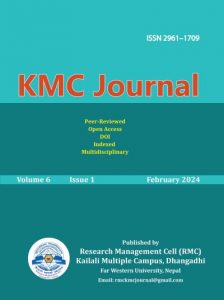
The study showed that the perceived risk of COVID-19 among participants was medium to low. Participants perceived few barriers and had low self-efficacy levels compared to other constructs. This study further showed that participants were more likely to follow a range of protective health behaviours, but not found all. The study revealed a significant association between all risk perception constructs and protective behaviours (p=< 0.05). This study accordingly highlighted a significant relationship between the respondents’ risk perception level and protective health behaviours. The study envisaged that public awareness of risk to the people who returned from India is essential to increase risk perception during the outbreak.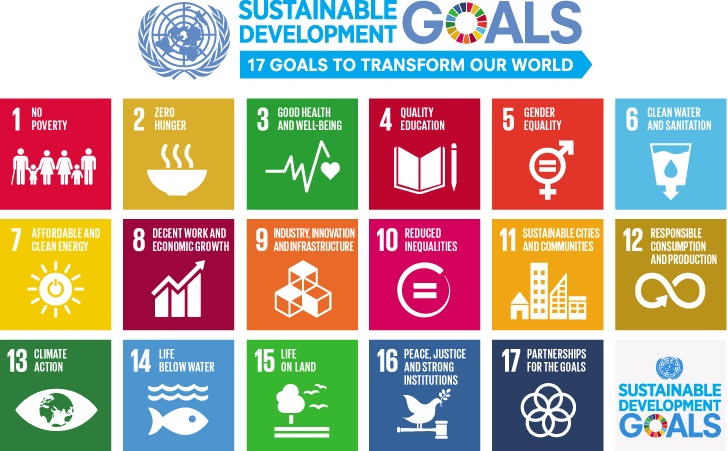
The study works towards fulfilling SDGs (Sustainable Development Goals), especially ‘Good health and well-being’ (SDG 3) and Decent work and economic growth (SDG 8).
Prof. Edwin van Teijlingen
Centre for Midwifery & Women’s Health (CMWH)
Reference:
- Khanal, S.P., van Teijlingen, E., Sharma, M., Acharya, J., Sharma, C., Kharel, S., Gaulee, U., Bhattarai, K., Pasa, R.B., Bohora, P. (2024) Risk Perception and Protective Health Measure Regarding COVID-19 among Nepali Labour Migrants’ Returnee from India. KMC Journal, 6(1): 313–330. https://doi.org/10.3126/kmcj.v6i1.62364
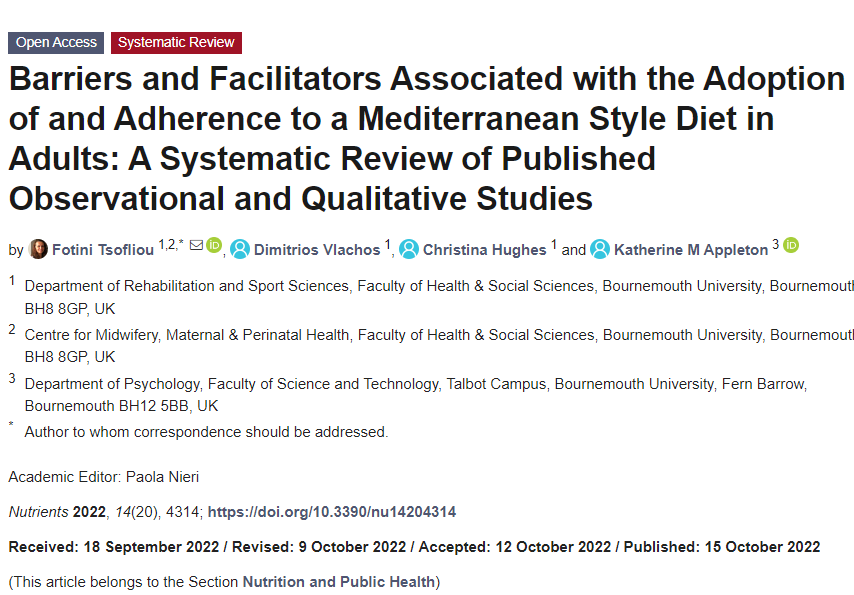

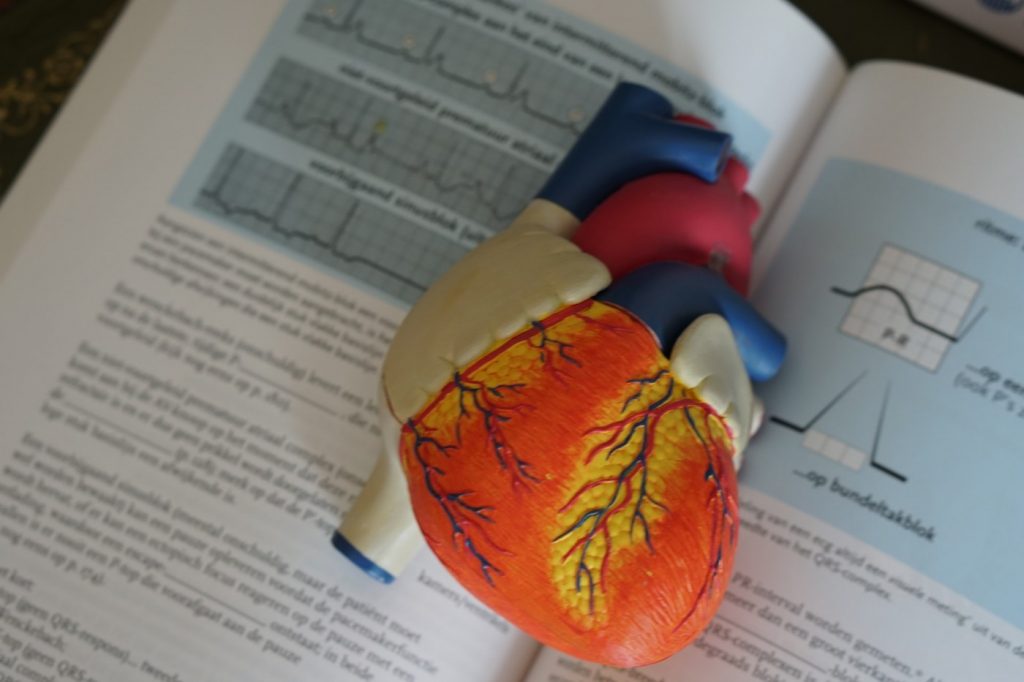 What is biofeedback?
What is biofeedback?
 Empirical evidence increasingly suggests that biofeedback has positive effects on a number of psychological conditions, such as anxiety, stress and depression. However, in order to use biofeedback, one needs to spend money on a device. Even though biofeedback devices are becoming increasingly affordable and biofeedback technology is getting integrated into more and more devices, such as smartwatches, the cost of a biofeedback device is likely to affect the adoption of the technology by less affluent parts of the population and in developing countries.
Empirical evidence increasingly suggests that biofeedback has positive effects on a number of psychological conditions, such as anxiety, stress and depression. However, in order to use biofeedback, one needs to spend money on a device. Even though biofeedback devices are becoming increasingly affordable and biofeedback technology is getting integrated into more and more devices, such as smartwatches, the cost of a biofeedback device is likely to affect the adoption of the technology by less affluent parts of the population and in developing countries.
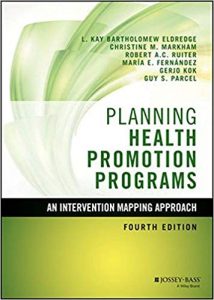












 New Nepal scoping review on maternal & neonatal health
New Nepal scoping review on maternal & neonatal health Fourth INRC Symposium: From Clinical Applications to Neuro-Inspired Computation
Fourth INRC Symposium: From Clinical Applications to Neuro-Inspired Computation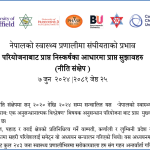 Writing policy briefs
Writing policy briefs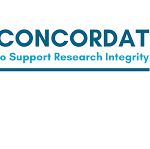 Upholding Excellence: The Concordat to Support Research Integrity
Upholding Excellence: The Concordat to Support Research Integrity ECR Funding Open Call: Research Culture & Community Grant – Application Deadline Friday 12 December
ECR Funding Open Call: Research Culture & Community Grant – Application Deadline Friday 12 December MSCA Postdoctoral Fellowships 2025 Call
MSCA Postdoctoral Fellowships 2025 Call ERC Advanced Grant 2025 Webinar
ERC Advanced Grant 2025 Webinar Horizon Europe Work Programme 2025 Published
Horizon Europe Work Programme 2025 Published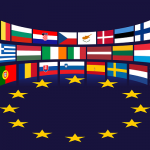 Horizon Europe 2025 Work Programme pre-Published
Horizon Europe 2025 Work Programme pre-Published Update on UKRO services
Update on UKRO services European research project exploring use of ‘virtual twins’ to better manage metabolic associated fatty liver disease
European research project exploring use of ‘virtual twins’ to better manage metabolic associated fatty liver disease